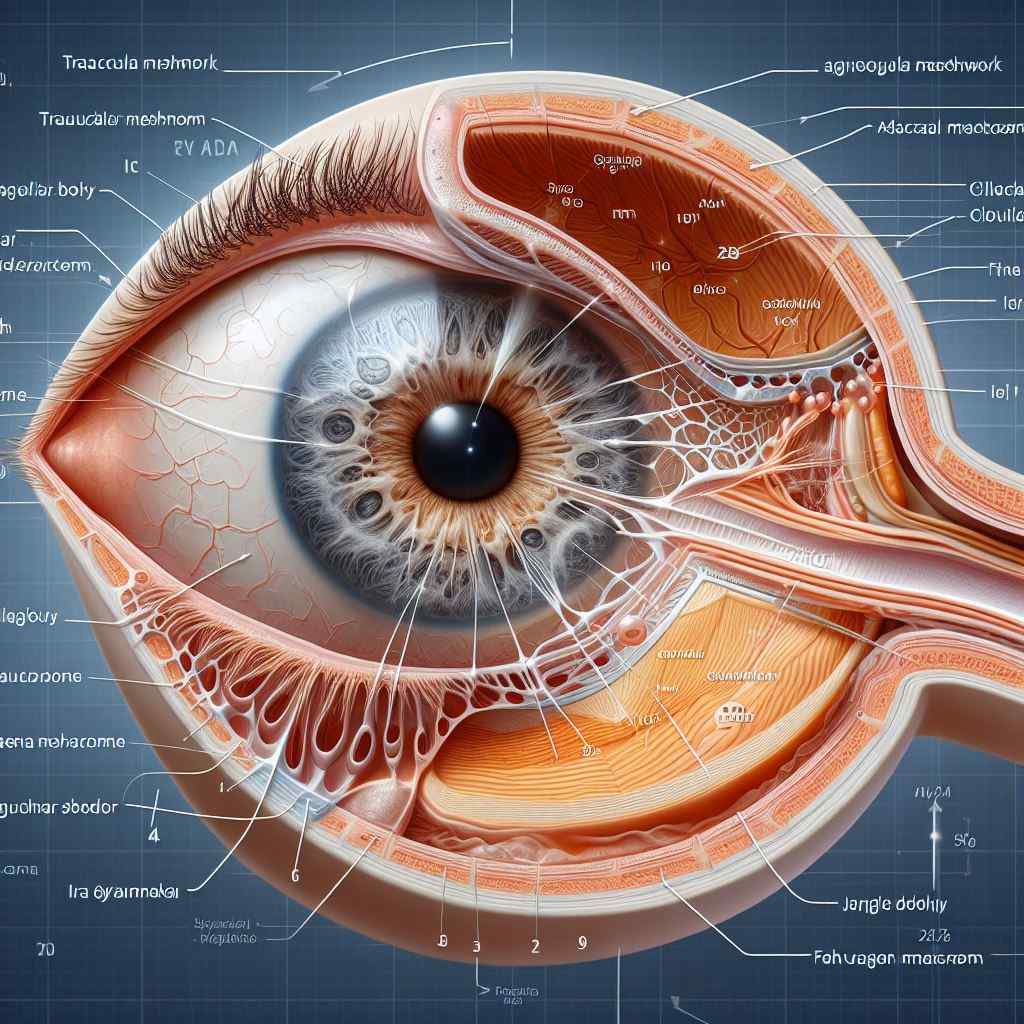
Understanding Iatrogenic Glaucoma: Causes, Diagnosis, Management, and Recent Innovations
Abstract: Iatrogenic glaucoma, a potential complication of various ocular interventions and treatments, poses challenges in diagnosis and management for ophthalmologists. This article provides a comprehensive review of iatrogenic glaucoma, exploring its etiology, clinical presentation, diagnostic approaches, treatment strategies, and recent advancements. By delving into the complexities of this condition, ophthalmologists can enhance patient care and minimize the risk of iatrogenic glaucoma development.
Introduction: Iatrogenic glaucoma, defined as glaucoma resulting from medical or surgical interventions, encompasses a spectrum of conditions that can arise as unintended consequences of ocular procedures or treatments. Understanding the underlying mechanisms and risk factors associated with iatrogenic glaucoma is essential for preventing and managing this potentially sight-threatening complication.
Etiology: Iatrogenic glaucoma can occur following various ocular interventions, including intraocular surgery (e.g., cataract extraction, vitrectomy), topical medication use (e.g., corticosteroids, prostaglandin analogs), and laser procedures (e.g., peripheral iridotomy, trabeculoplasty). Mechanisms contributing to iatrogenic glaucoma development may include increased intraocular pressure (IOP) secondary to inflammation, steroid-induced ocular hypertension, angle closure, or structural changes in the trabecular meshwork.
Clinical Presentation: The clinical presentation of iatrogenic glaucoma varies depending on the underlying cause and severity of the condition. Patients may present with elevated IOP, optic nerve changes, visual field defects, and characteristic changes on anterior segment imaging. Recognition of iatrogenic glaucoma requires a high index of suspicion, particularly in individuals with a history of ocular interventions or medication use.
Diagnostic Modalities: Diagnosis of iatrogenic glaucoma involves a comprehensive ocular examination, including measurement of IOP, assessment of optic nerve morphology, visual field testing, and anterior segment imaging. Gonioscopy and ultrasound biomicroscopy (UBM) may be useful in evaluating angle structures and identifying potential causes of angle closure or secondary glaucoma.
Treatment Strategies: Management of iatrogenic glaucoma focuses on addressing the underlying cause, lowering IOP, and preserving visual function. Treatment modalities may include topical and/or systemic medications to reduce IOP, discontinuation or modification of causative medications, laser procedures (e.g., laser trabeculoplasty, laser peripheral iridotomy), and surgical interventions (e.g., trabeculectomy, glaucoma drainage devices) in refractory cases.
Recent Innovations: Recent advancements in the management of iatrogenic glaucoma have centered on minimizing risk factors, optimizing treatment outcomes, and improving patient safety. Innovations such as sustained-release drug delivery systems, targeted pharmacotherapies, and minimally invasive glaucoma surgery (MIGS) devices offer potential solutions for achieving IOP control while minimizing adverse effects associated with traditional treatments.
Conclusion: Iatrogenic glaucoma represents a significant clinical challenge in ophthalmology, requiring a comprehensive understanding of its etiology, diagnosis, and management. By staying informed about the latest research and innovations in this field, ophthalmologists can effectively prevent, recognize, and treat iatrogenic glaucoma, ultimately improving patient outcomes and minimizing vision loss.
For further reading and reference:
- American Academy of Ophthalmology – Steroid-Induced Glaucoma: https://www.aao.org/eye-health/diseases/steroid-induced-glaucoma
- Glaucoma Research Foundation – Iatrogenic Glaucoma: https://www.glaucoma.org/glaucoma/iatrogenic-glaucoma.php
- National Eye Institute – Glaucoma: https://www.nei.nih.gov/learn-about-eye-health/eye-conditions-and-diseases/glaucoma


